01:43
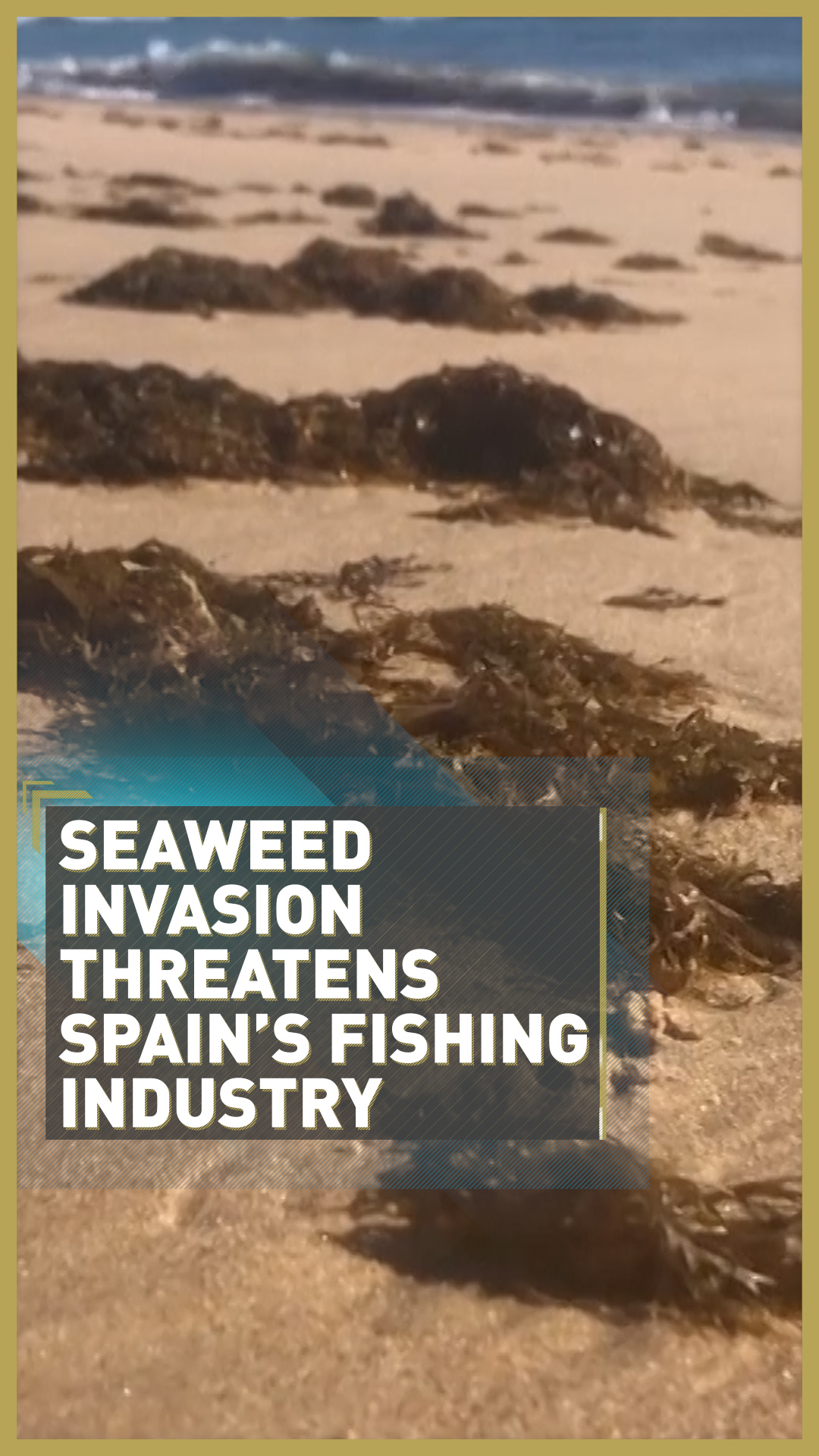
An invasive variety of seaweed is advancing along the southern Spanish beaches of Cadiz and the Strait of Gibraltar.
Aside from littering the area's pristine golden beaches, it is also threatening biodiversity and ancient fishing practices that have driven the local economy for more than 3,000 years.
Now, the race is on to try to find a solution to the slimy invasion before it devastates another season for those fishing on Spain's southern coast.
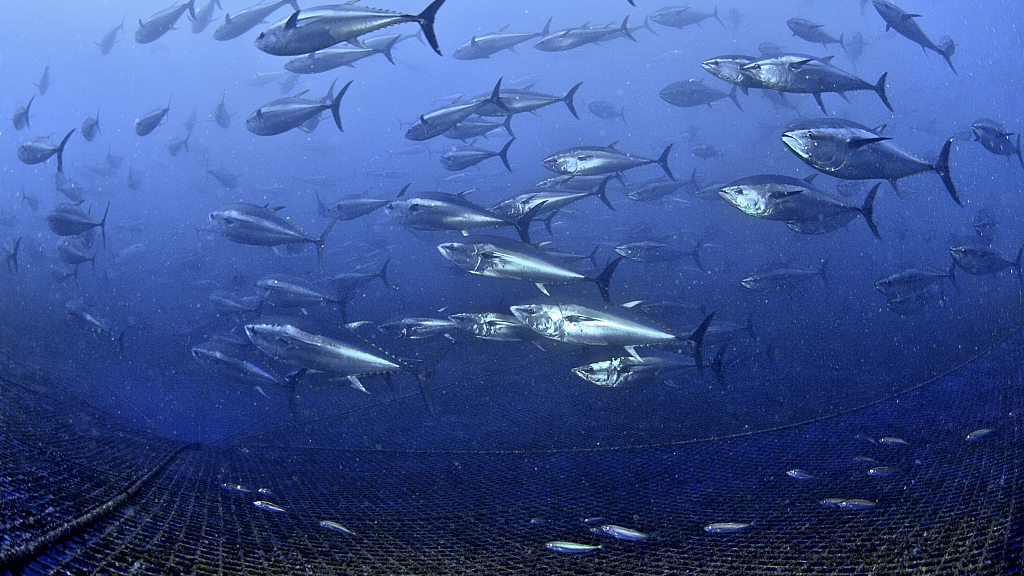
An invasive variety of seaweed advancing along the southern Spanish beaches of Cadiz and the Strait of Gibraltar is putting at risk the livelihoods of those in the local fishing industry. /Giordano Cipriani/Getty/VCG
An invasive variety of seaweed advancing along the southern Spanish beaches of Cadiz and the Strait of Gibraltar is putting at risk the livelihoods of those in the local fishing industry. /Giordano Cipriani/Getty/VCG
Ancient methods under threat
The "Almadraba" trap-fishing method is a technique that dates back to Phoenician times and has remained relatively unchanged in more than 3,000 years.
Those fishing anchor their nets on the seabed for months and at the end of the season, collect their catch. By progressively lifting the nets, they try to lure fish into the network, at which stage divers jump into the water and begin to kill the fish.
One of their most important catches is tuna – from March to June, the fish start to migrate through the area, with boats casting their nets along the Strait of Gibraltar to grab large schools of the weighty fish.
But in recent years, the fishing nets have been clogged by the Japanese seaweed, Rugulopteryx okamurae, which is currently thriving in the conditions of the Mediterranean Sea. And those fishing the waters are concerned it is wreaking havoc on tuna migration.
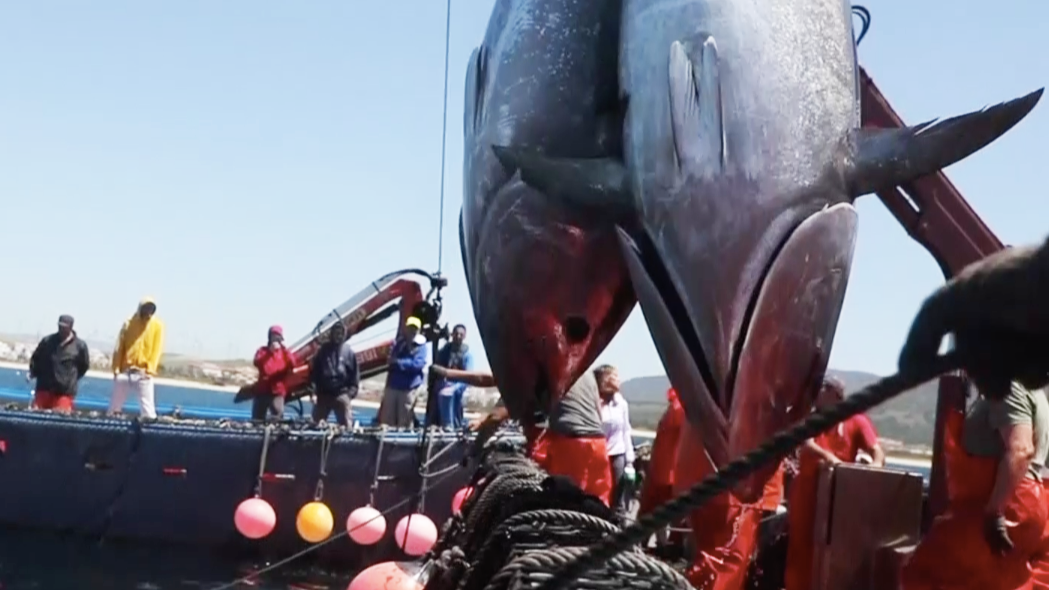
From March to June, tuna start to migrate through the coastal areas of southern Spain. /Screenshot /AP
From March to June, tuna start to migrate through the coastal areas of southern Spain. /Screenshot /AP
"Seaweed is proliferating in this area as never before," says Antonio Ponce, captain of Conil Almadraba, a local fishing vessel.
"It has never happened before in my 35 years of Almadraba, but in the past four or five years, the seaweed has proliferated here and is destroying our nets with great economic costs and it is endangering Almadraba traditional fishing," he adds.
As the 2020 Almadraba season draws to an end, fisherman have found once again that the seaweed has used the underwater network of nets as a support, creating an underwater curtain of the marine plant that has scared away many of the tuna.
"Tuna is a fish that looks for clear waters, so when seeing that darkness, they swim away from the net, they do not enter," says diver Diego Pecci.
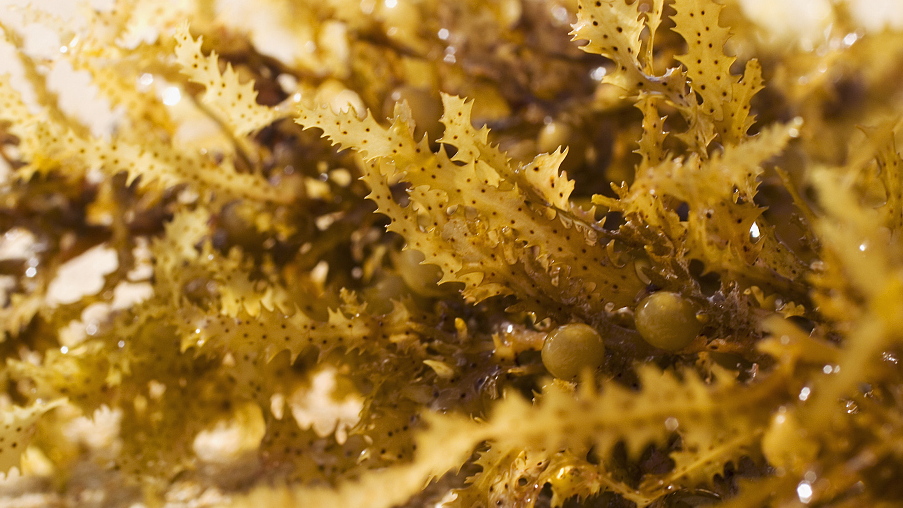
There are theories that the seaweed mixes with ballast water in ships' hulls, allowing it to be carried from northern Africa to southern Spain. /Tomas del Amo /Getty/VCG
There are theories that the seaweed mixes with ballast water in ships' hulls, allowing it to be carried from northern Africa to southern Spain. /Tomas del Amo /Getty/VCG
According to researchers from the University of Seville, the Rugulopteryx okamurae has been in the Mediterranean since 2002, as well as being found in the waters in northern Africa.
There are theories that the seaweed mixes with the ballast water in ships' hulls, which helps balance ocean vessels, allowing it to be carried to the coastal waters of southern Spain.
"In this region, there is a large amount of maritime traffic both around southern Spain and in northern Africa, Morocco," says Jose Carlos Garcia, a biologist at the University of Seville.
"And it [the seaweed] may also come from the Marseille area [in France], from Thau lagoon where it was installed in 2002 to facilitate the cultivation of the Japanese oyster."
Watch: Helicopter rescues sick fisherman from South China Sea
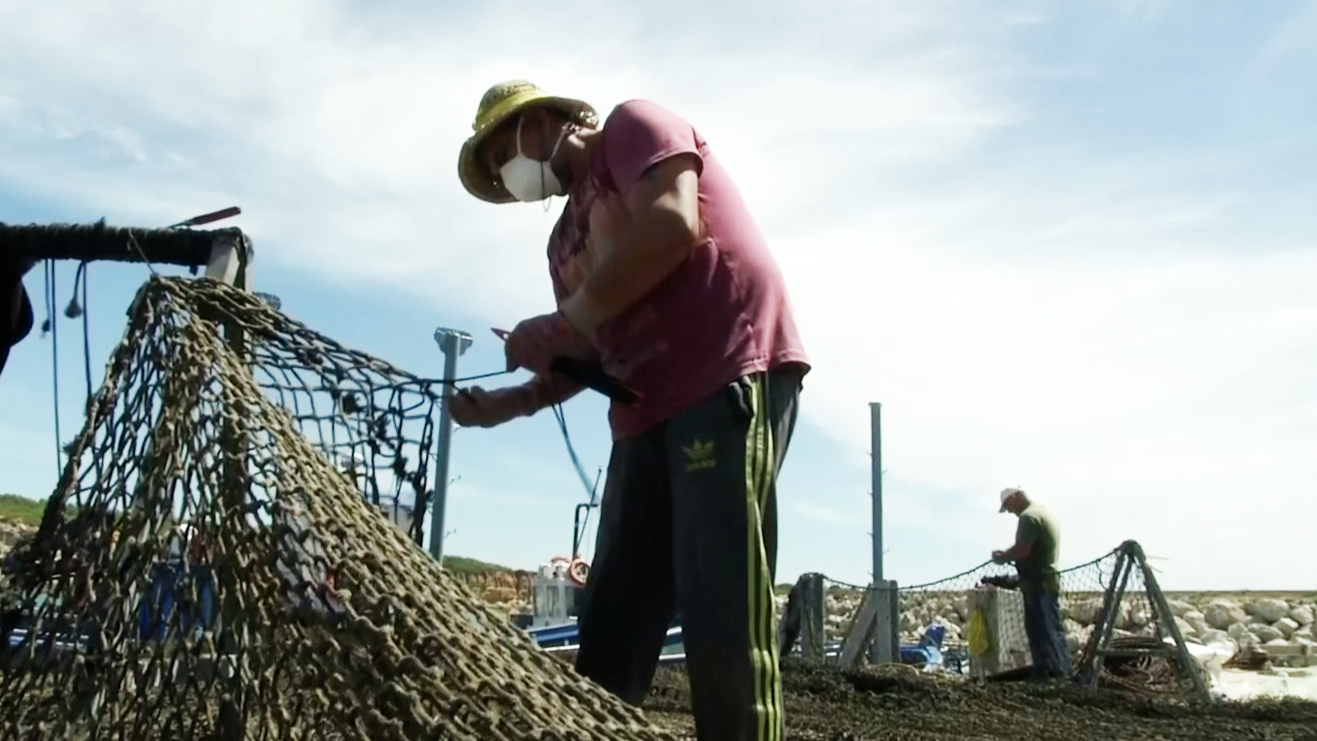
Ahead of next year's tuna season, Spanish scientists are working on plans to coat the tuna nets with a solution that will stop unwanted organisms from attaching to them. /Screenshot/AP
Ahead of next year's tuna season, Spanish scientists are working on plans to coat the tuna nets with a solution that will stop unwanted organisms from attaching to them. /Screenshot/AP
According to Ana Santos, a biologist working for the Almadraba fisheries, the seaweed hit last year's tuna season hard, prompting the need for a quick solution.
"We had several problems with this invasive species since so much seaweed stuck to the [Almadraba] Conil fishing nets and they broke all the nets, the cables, and this fishery could not finish the fishing season. They had to leave the quota of tuna without fishing it. So we have started to look for solutions to this problem."
Ahead of next year's tuna season, the scientists are working on plans to coat the nets with a solution that will stop unwanted organisms from attaching to the tuna nets.
But whether they will be able to apply such a method successfully to save the area's ancient fishing industry remains to be seen.
Video editor: Natalia Luz
Check out The Pandemic Playbook, CGTN Europe's major investigation into the lessons learnt from COVID-19
Source(s): AP